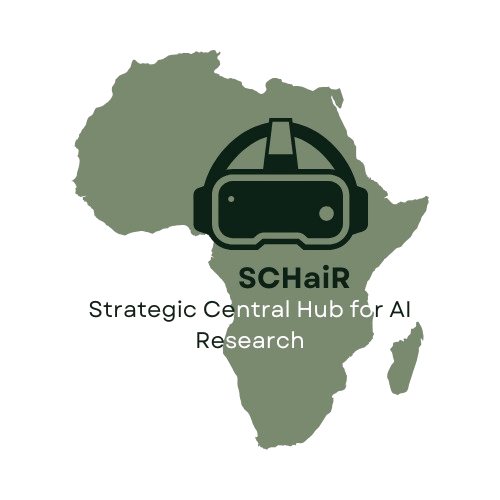In an increasingly complex global landscape, the ability to foresee potential conflicts has never been more crucial. Predictive conflict models leverage advanced artificial intelligence to analyze vast amounts of data, identifying patterns and trends that signal emerging disputes. By harnessing these insights, decision-makers can move beyond reactive responses, paving the way for proactive strategies that promote peace and stability. Understanding how these models function and their significance in shaping policy can empower stakeholders across various sectors.
At the heart of this innovative approach lies our commitment to developing AI models that accurately forecast potential conflicts. By employing cutting-edge algorithms and data analytics, we transform raw information into actionable intelligence. This process not only enhances our understanding of conflict dynamics but also supports informed policy decisions that address the root causes of disputes. Join us as we explore the journey of creating these predictive models and their profound implications for diplomacy and conflict resolution.
Understanding predictive conflict models and their significance
Predictive conflict models harness advanced analytics and machine learning techniques to identify potential flashpoints of conflict before they escalate. These models analyze a plethora of data, including social, economic, and political indicators, to uncover patterns that may signal unrest or aggression. By leveraging historical data and real-time information, predictive models enable decision-makers to visualize emerging threats and consider various scenarios. This proactive approach significantly enhances the ability of governments, organizations, and peacekeeping bodies to anticipate crises and intervene strategically.
The significance of these predictive conflict models goes beyond mere identification of potential issues; they serve as crucial tools for developing effective response strategies. By understanding the factors that contribute to conflicts, stakeholders can tailor their actions to mitigate risks, fostering stability in volatile regions. Additionally, these models contribute to more informed policy decisions, allowing leaders to allocate resources efficiently and engage in dialogue that addresses root causes of tensions. The integration of AI into conflict analysis not only streamlines the forecasting process but also empowers communities to pursue sustainable solutions collaboratively.
How we develop AI models to forecast potential conflicts
We employ a comprehensive approach to develop AI models that forecast potential conflicts. By gathering vast amounts of data from diverse sources, including historical conflict records, socio-economic indicators, and real-time news feeds, we create a robust dataset that reflects the complex dynamics of conflicts. Our data preprocessing techniques ensure that this information is clean, relevant, and structured, allowing our algorithms to learn effectively. We utilize machine learning methodologies, such as supervised and unsupervised learning, to identify patterns and correlations that may signal emerging conflicts. This analytical groundwork enables us to build predictive models that can accurately assess risk factors and forecast potential escalations.
In addition to using state-of-the-art algorithms, we emphasize the role of interdisciplinary collaboration in our model development. Our team comprises experts in data science, international relations, and conflict analysis, who bring varied perspectives to the project. This collaborative synergy allows us to refine our models continuously, incorporating feedback from practitioners in the field. By integrating human insights with AI capabilities, we enhance the accuracy of our predictions, ensuring that decision-makers receive timely, actionable intelligence. Moreover, we prioritize transparency and explainability in our models, ensuring that stakeholders can understand the underlying factors driving our predictions, thus fostering trust and facilitating informed policy decisions.
Supporting proactive strategies and informed policy decisions through AI insights
AI-driven predictive conflict models play a crucial role in shaping proactive strategies for conflict mitigation. By analyzing vast datasets and identifying emerging patterns, these models provide governments and organizations with actionable insights. Decision-makers can leverage this information to prepare for potential conflicts by allocating resources effectively, increasing diplomatic engagement, or implementing community-based interventions. The capacity to foresee potential flashpoints enables stakeholders to adopt a more anticipatory and collaborative approach, transforming the way conflicts are managed.
Moreover, informed policy decisions arise directly from the insights generated by AI models. Policymakers can evaluate various scenarios and their implications in real-time, allowing for adaptive strategies that respond to evolving situations. By integrating AI insights into their frameworks, decision-makers can craft policies that not only react to conflict but also work toward its prevention. This shift enhances stability and fosters sustainable peace, demonstrating the importance of AI in promoting global security and cooperation.

